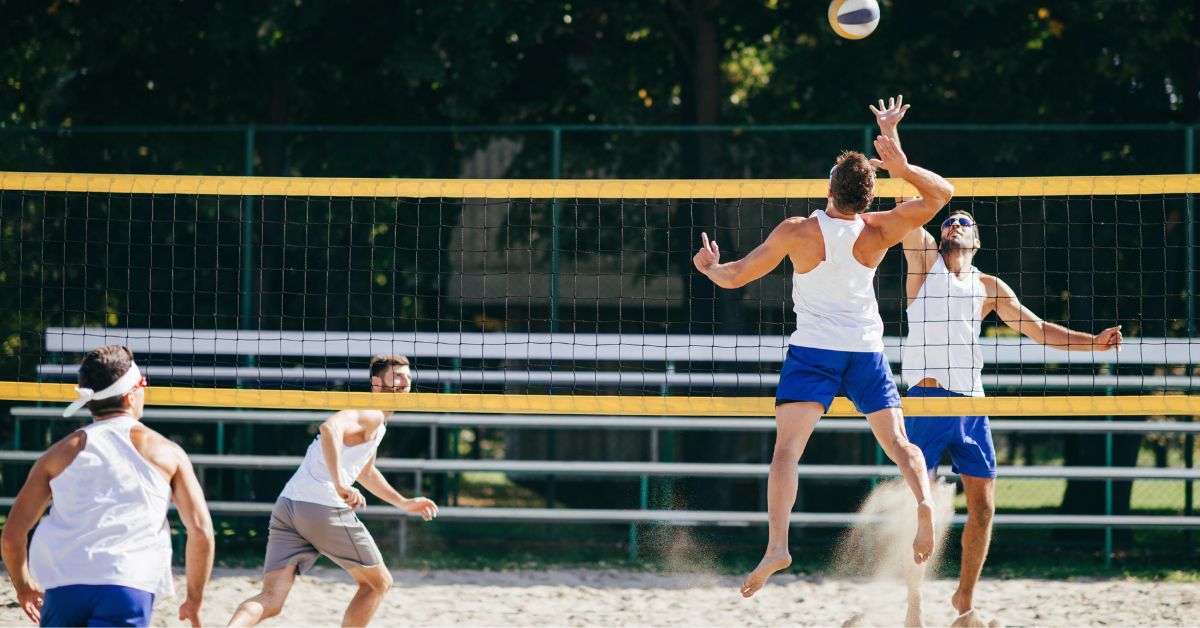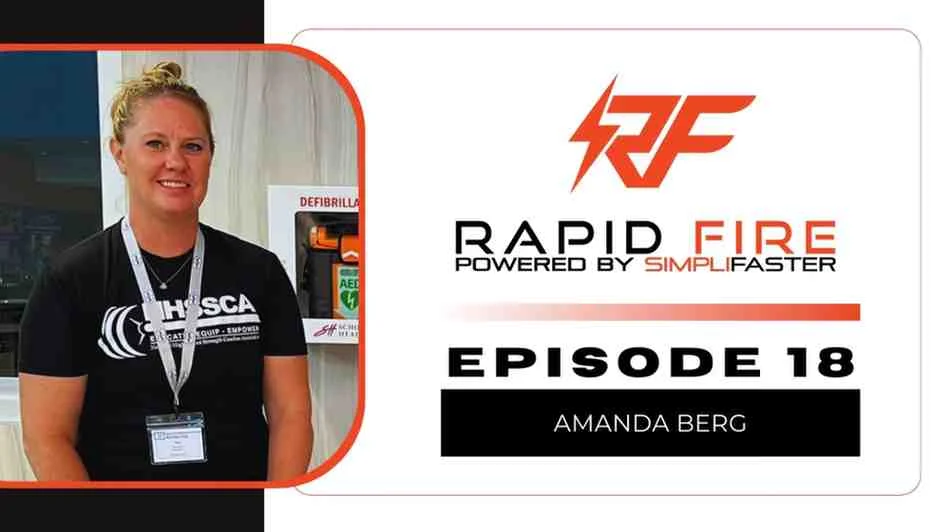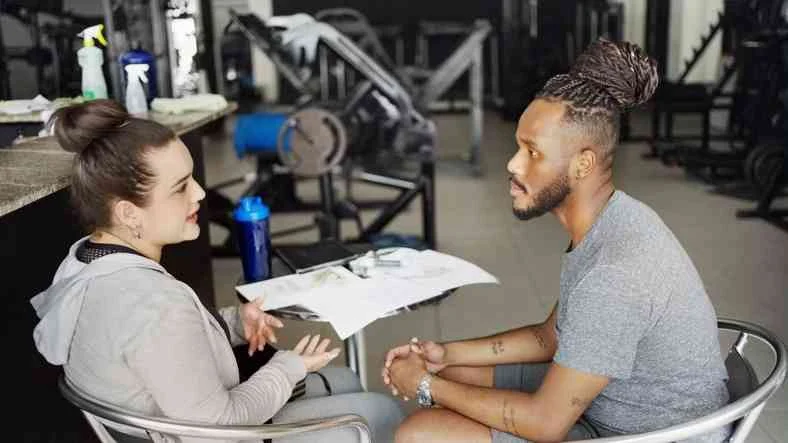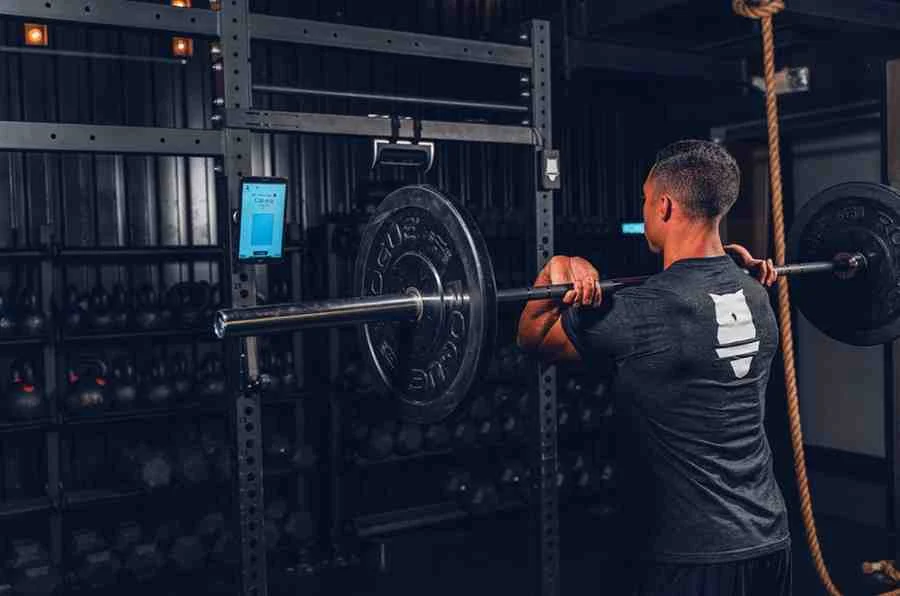In volleyball, jumping high is a must for spiking, blocking, and serving—pretty much for everything!
Improving your vertical jump can give you a huge edge on the court.
Let’s check out the driving forces that teach us how to jump higher in volleyball, including some cool training gear that you can use.
Understanding Vertical Jump
Jumping high involves a combination of strength, speed, and technique.
The primary muscles involved are the quadriceps, hamstrings, glutes, and calves, although jumping is basically a full-body movement.
For example, your core muscles also play a key role in stabilizing your body during the jump.
Jump Training for Volleyball
When you’re training to boost your vert, you want to take a couple approaches.
You need to be strong enough, explosive enough, and have good enough technique to get yourself off the ground as high as possible.
It’s a combination of different movements, so your coordination skills are also important.
Also, you can train year-round as a volleyball player to build these skills progressively without worrying about overtraining if you follow the right steps.
Let’s take a look at some training concepts that will get you jumping above your competition:
Plyometric Exercises
Plyometric exercises are a cornerstone for developing the explosive power necessary for a higher vertical jump.
These types of exercises focus on quick, powerful movements that improve your muscle’s ability to exert maximum force in short intervals.
By engaging in plyometric training, you condition your muscles to generate the rapid and intense bursts of power needed for jumping.
Concepts & Benefits:
- Explosive Strength: Plyometrics train your muscles to produce powerful and fast movements, which are essential for a high vertical jump. Exercises like box jumps and depth jumps help condition your leg muscles to react quickly and forcefully.
- Muscle Coordination: These exercises improve the coordination between your muscles and your nervous system, ensuring that your body moves efficiently and effectively when you jump.
- Increased Power Output: Regular plyometric training increases the overall power output of your muscles. This means you can achieve higher jumps with less effort over time.
Examples of Plyometric Exercises:
- Box Jumps: Jumping onto a box or platform builds your leg strength and explosive power.
- Depth Jumps: Stepping off a box and immediately jumping upon landing helps improve reactive strength.
Strength Training
Strength training is another key component in improving your vertical jump.
It’s good to mix both plyometrics and strength training, as they complement each other rather than having to choose just strength vs. power training.
Stronger muscles can produce more force, which is of course an important factor for jumping higher.
Building strength in your legs, core, and upper body provides a solid foundation for all athletic movements—Including jumping.
Plus, strength training allows you to build different types of strength, which has strong carryover to other volleyball-related movements.
Concepts & Benefits of Strength Training for Vertical Jumping:
- Muscle Hypertrophy: Strength training leads to muscle growth (hypertrophy), which increases the overall force your muscles can generate. Bigger, stronger muscles can propel you higher.
- Improved Stability: Exercises that target your core muscles improve your stability and balance, which are important for maintaining proper form during jumps.
- Joint and Tendon Strength: Strength training also strengthens your joints and tendons, reducing the risk of injury and allowing for more explosive movements.
Examples of Strength Exercises:
- Squats and Deadlifts: These compound exercises engage multiple muscle groups, building overall leg and core strength.
- Bulgarian Split Squats and Calf Raises: Target specific muscle groups that play a big role in jumping.
Incorporating strength training into your workout routine creates strong, resilient, and durable muscles that stay solid during the repeated (and frequent) jumps required in a volleyball game.
Technique Improvement
Good form can make all the difference when trying to maximize your jump height and reduce the risk of injury.
Use your arms to generate upward momentum, swinging them back as you bend your knees, then swinging them forward and upward as you jump.
Keep your body straight and land softly on the balls of your feet.
Although basic, volleyball players are often at risk of landing wrong or hard, which can cause wear-and-tear injuries over the long run, if not immediate acute injuries.
How to Increase Your Vertical Jump for Volleyball
To increase your vertical jump, create a balanced workout plan that combines plyometric exercises, strength training, and proper technique, along with enough recovery—especially if you’re in-season.
Consistency is key, so train regularly and track your progress to set realistic goals.
Nutrition & Recovery
Your diet and recovery plan play a significant role in your ability to jump higher.
Eat a balanced diet rich in protein, carbohydrates, and healthy fats to fuel your workouts and boost muscle recovery—you’d be surprised how much of a difference it makes!
Foods like chicken, fish, eggs, beans, and whole grains provide essential nutrients for muscle growth, and supplements can help you fill the gaps if needed.
Make sure you get enough sleep and include rest days in your training schedule to allow your muscles to recover and grow back stronger.
Common Mistakes to Avoid
Some common mistakes we see with our volleyball athletes include:
- Improper Form: Jumping with bad form can cause injuries.
- Neglecting Warm-Ups and Cool-Downs: Skipping these can increase the risk of injury and lower overall performance. Always include a proper warm-up and cool-down in both your game and training routines.
- Overtraining: Doing too much too soon can lead to burnout and injuries. Balance your training with enough rest and recovery periods.
- Ignoring Core Strength: A strong core is super important for stability and power in your jumps. Do core strengthening exercises consistently.
- Lack of Consistency: Inconsistent training will slow down your progress. Stick to a regular training schedule for the best results.
The Skyhook Contact Mat: A Tool To Increase Your Vertical Jump
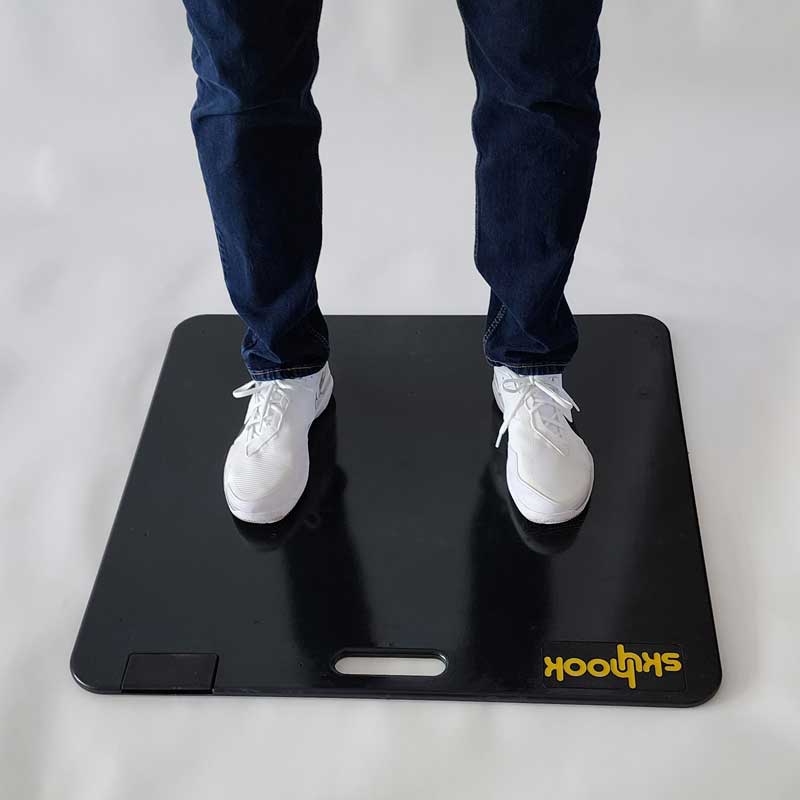
The Skyhook Contact Mat is a training tool that measures your jump height.
It gives you immediate feedback, helping you track your progress and make adjustments to your technique.
Benefits of the Skyhook Contact Mat
- Accurate Measurement: The mat provides precise feedback on jump height and many other factors, allowing you to track your progress accurately.
- Immediate Feedback: Real-time data helps in making quick adjustments to improve performance.
- Consistency in Training: Regular use ensures consistent measurement, helping you set and achieve incremental goals.
- Motivation and Accountability: Seeing measurable progress keeps athletes motivated and accountable in their training regimen.
FAQs
Why can’t I jump high in volleyball?
There are several reasons why you might be struggling to jump high in volleyball:
- Lack of Strength: If your leg muscles (quadriceps, hamstrings, calves, and glutes) are not strong enough, you won’t be able to generate the power needed for a high jump.
- Poor Technique: Proper jumping technique is important. This includes the way you use your arms, the timing of your jump, and how you land.
- Inadequate Training: Without specific training like plyometrics and strength exercises, it can be challenging to improve your vertical jump.
- Flexibility Issues: Tight muscles and lack of flexibility can restrict your range of motion, making it harder to jump high.
- Fatigue and Recovery: Overtraining or not allowing your muscles enough time to recover can also affect your jumping ability.
How do you increase your jump in volleyball?
To increase your jump in volleyball, you should focus on a combination of exercises and techniques:
- Plyometric Exercises: These exercises, such as box jumps and depth jumps, help develop explosive power in your legs.
- Strength Training: Building strength in your legs, core, and upper body with exercises like squats, deadlifts, and calf raises is important.
- Proper Technique: Work on your jumping form, including how you use your arms and your timing.
- Flexibility and Mobility: Regular stretching and mobility exercises can help improve your range of motion and prevent injuries.
- Consistency and Progress Tracking: Train regularly and track your progress to set and achieve realistic goals.
What is the technique to jump higher?
Improving your jumping technique involves several key factors:
- Arm Swing: Use your arms to generate upward momentum. Swing them back as you bend your knees, then swing them forward and up as you jump.
- Knee Bend: Bend your knees deeply before you jump to load your leg muscles with energy.
- Explosive Push-Off: Push off the ground with the balls of your feet and extend your legs fully to maximize your jump height.
- Body Alignment: Keep your body straight and your core engaged to maintain stability and control during the jump.
- Soft Landing: Land softly on the balls of your feet with your knees slightly bent to absorb the impact and reduce the risk of injury.

